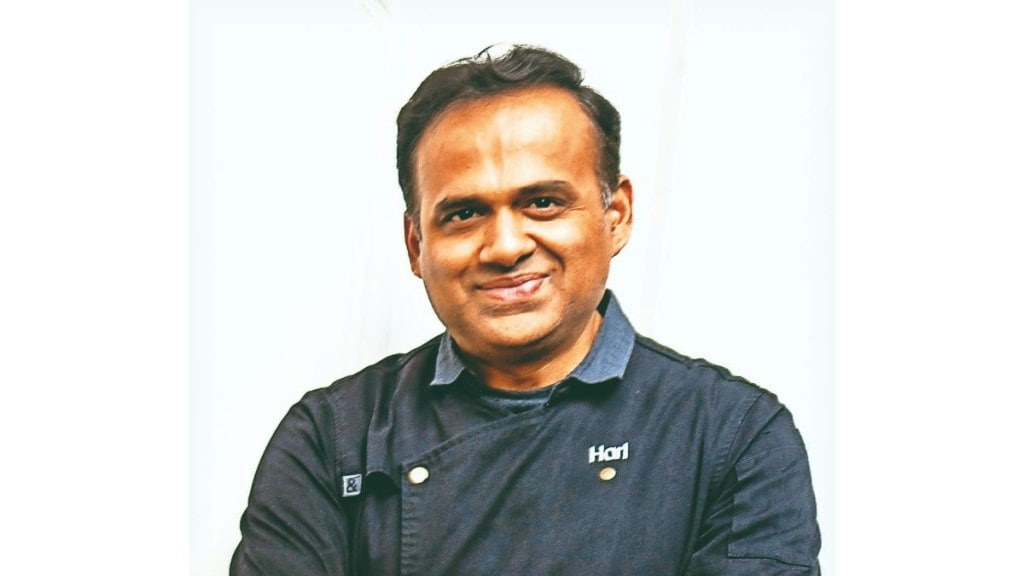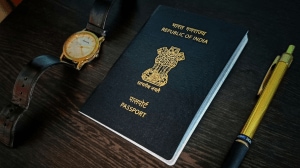By Mini Ribeiro,
Intro: With his coastal roots in Udupi, Karnataka, chef Hari Nayak has always strived to elevate Indian cuisine to international acclaim. The New York-based restaurateur-author and founder of Jhol in Bangkok, a ‘Michelin Guide’ and ‘50 Best Discovery’ restaurant, prefers to curb the experimental streak of his early years and stay away from the drama, keeping his food real with innovative cooking techniques and presentation. He spoke about coastal Indian cuisine with a modern twist, his signature dishes and restaurant Jhol, among others, on the sidelines of a recent culinary collaboration at Miri, St Regis Goa Resort.
Coastal Indian cuisine with a modern twist—that is how you describe the offerings at Jhol. Your food is also known to be technique-driven. How does technique elevate your dishes?
The concept of Jhol is coastal Indian food from the coastal states of India and the peninsular regions. We call it —Bombay to Calcutta. We highlight various regional dishes that are popular or lesser known. We give it a modern flair through presentation and, sometimes, techniques. Because of being in the West for so long, most of my cooking is influenced by Western cooking techniques. So I offer Indian traditional flavours with a modern touch. For example, for lamb chops, we use the sous vide technique to keep the moisture of the meat intact, to make it juicy and then finish it in the sauce. The Western way of cooking has been incorporated from basic recipes like our sauces and gravies till plate presentations, ensuring the flavours stay true to the cuisine.
What was the thought process behind the name ‘Jhol’?
In Mumbai, ‘Jhol’ colloquially means ‘mischief’. We came up with the name during brainstorming and it stuck with us, as it was something novel. However, it is not to be confused with jhol, which means curry in Bengal.
Tell us about Masala Maska Bun, which is one of your signature dishes. How did it originate and where did the inspiration come from?
This dish is inspired by the Bangalore Iyengar bakery bread that is stuffed with masala potatoes. We have taken the idea of the masala bun and turned it into a honeycomb bread, which is known as monkey bun in Europe. We have given it a different look and served it with compound butter, made with pav bhaji. We are replicating the whole concept of the ‘bread and butter service’ before a meal, but with Indian flavours.
You have been doing pop-ups across India for a while now. How have they been received?
The response has been absolutely phenomenal. It was one of our dreams to be successful with this concept. In Bangkok, Jhol has already been in the top 10 restaurants consistently over the past three years. We felt we were ready to take it on the road to India and see how it goes. With St Regis Goa Resort, we saw a perfect opportunity with an elevated focus on luxury leisure guests. The menu has been very well-received and always created a lot of excitement.
When it comes to Indian cuisine, you always say it is time to stop changing it to suit global palates and focus on flavours instead. Can you elaborate please?
I’ve been cooking outside of India for 20-plus years and even my own style has evolved. When I was cooking Indian food, in early 2000, it used to be modern Indian food, which was more suited to what people wanted to eat, whether it was due to investor or market demands. But today, as I have evolved as a chef, my cooking has become simpler and I want to represent Indian food the way it should be. Indian food is so hyper-regional that there are so many unknown dishes that need to be done right. You don’t need to reinvent Indian dishes; you just need to cook them right. That’s what I feel young chefs and my contemporaries should be doing as I think that’s the future.







